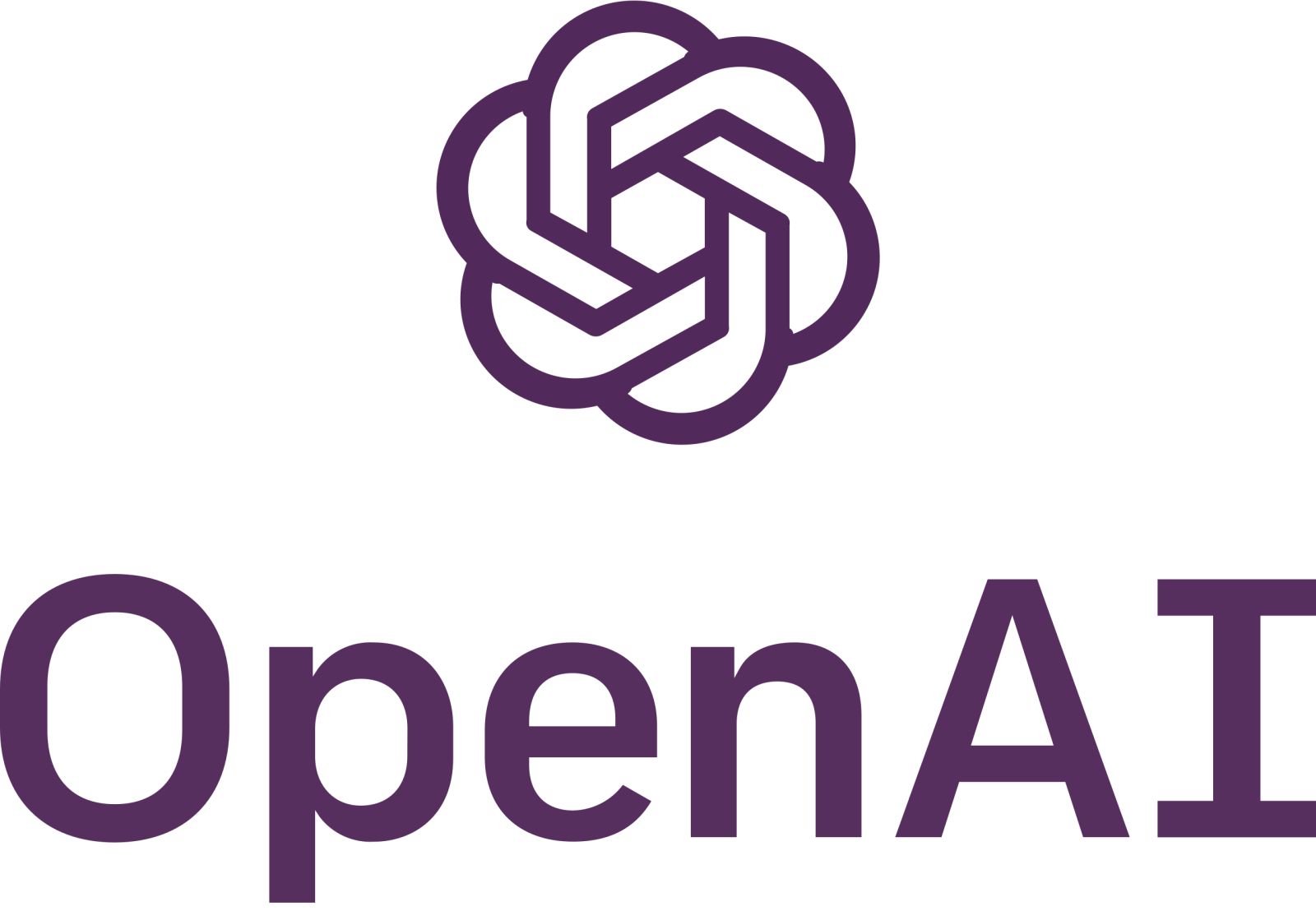Introduction
Language model hallucinations are a major challenge for modern AI. These errors, where models generate plausible but false answers, affect the reliability of AI-powered solutions.
Context
OpenAI and other industry leaders are working to make language models more useful and reliable. Despite progress, hallucinations remain widespread, even in advanced models like GPT-5, which has reduced but not eliminated these errors.
Direct definition
Hallucinations are false yet believable statements generated by language models, often for simple questions.
The Challenge
Hallucinations persist because current evaluation methods reward guessing over admitting uncertainty. Models are incentivized to provide answers even when unsure, increasing the risk of errors.
- Accuracy-based evaluations favor risky answers
- Errors are penalized less than uncertainty
- Leaderboard pressure pushes models to guess
Origin of Hallucinations
During pretraining, models learn to predict the next word without “true/false” labels. This makes it hard to distinguish valid facts from errors, especially for rare or random information.
Direct answer
Hallucinations stem from next-word prediction on unlabeled data, where patterns are not always reliable.
Solutions and Approaches
The proposed solution is to penalize confident errors more than uncertainty and give partial credit for admitting not knowing. This approach, used in some standardized tests, can reduce hallucinations by incentivizing model “humility.”
- Change evaluation metrics to reward uncertainty
- Adopt calibration and abstention techniques
- Favor models that recognize their own limits
Conclusion
Hallucinations are not a mysterious glitch but the result of statistical mechanisms and flawed incentives. Improving evaluations and encouraging uncertainty can make language models more reliable and useful.
FAQ
What is a hallucination in language models?
It is a false but plausible answer generated by the model, often with confidence.
Why do language models hallucinate?
Because evaluations reward risky answers instead of uncertainty.
How can AI hallucinations be reduced?
By changing evaluation metrics to penalize errors and reward uncertainty.
Are hallucinations inevitable in language models?
No, models can choose not to answer when unsure.
What role does pretraining play in hallucinations?
Pretraining on unlabeled data makes it hard to distinguish true from false facts.
Do leaderboards affect hallucination frequency?
Yes, accuracy-based leaderboards incentivize guessing.
Do larger models have fewer hallucinations?
Not always; smaller models can avoid errors by recognizing their limits.
Which companies are working to reduce hallucinations?
OpenAI and other industry leaders are developing new strategies.
